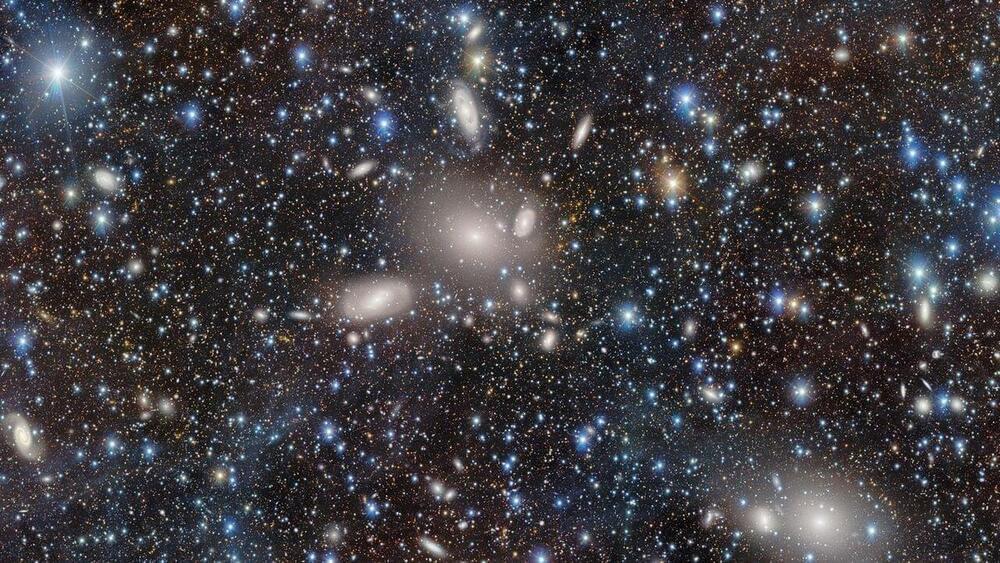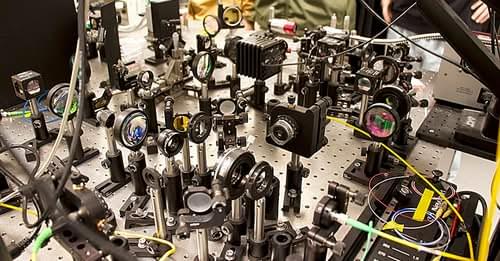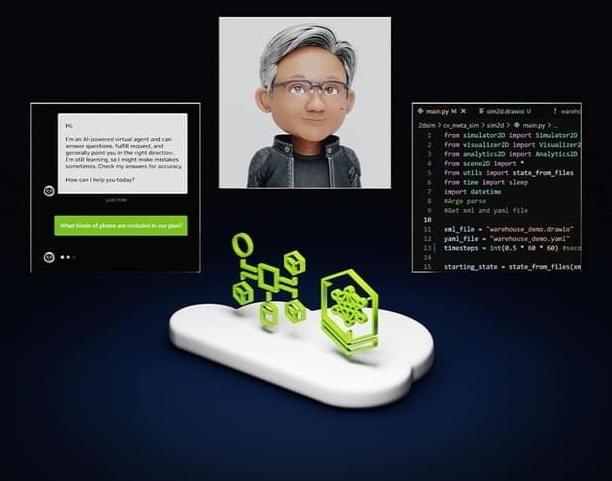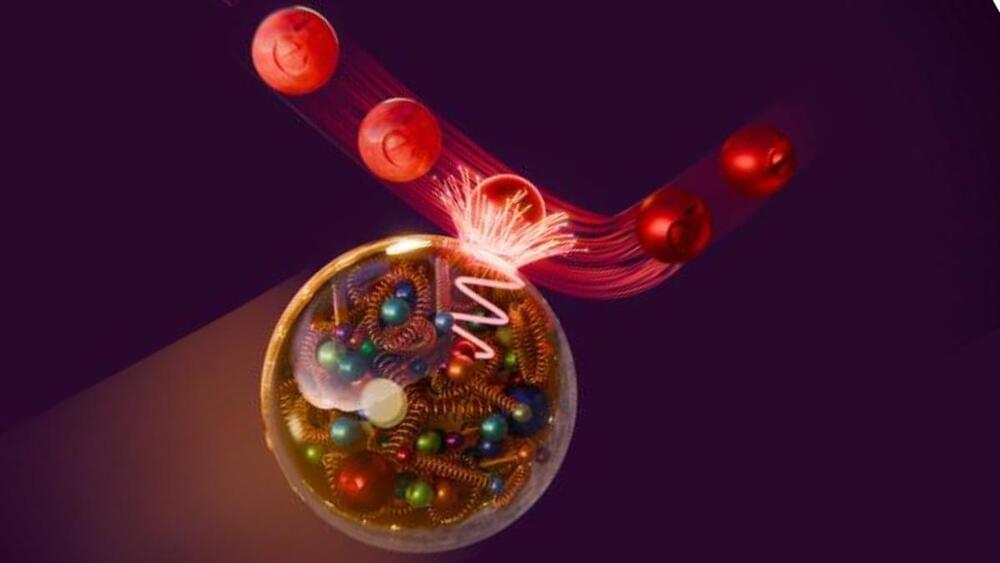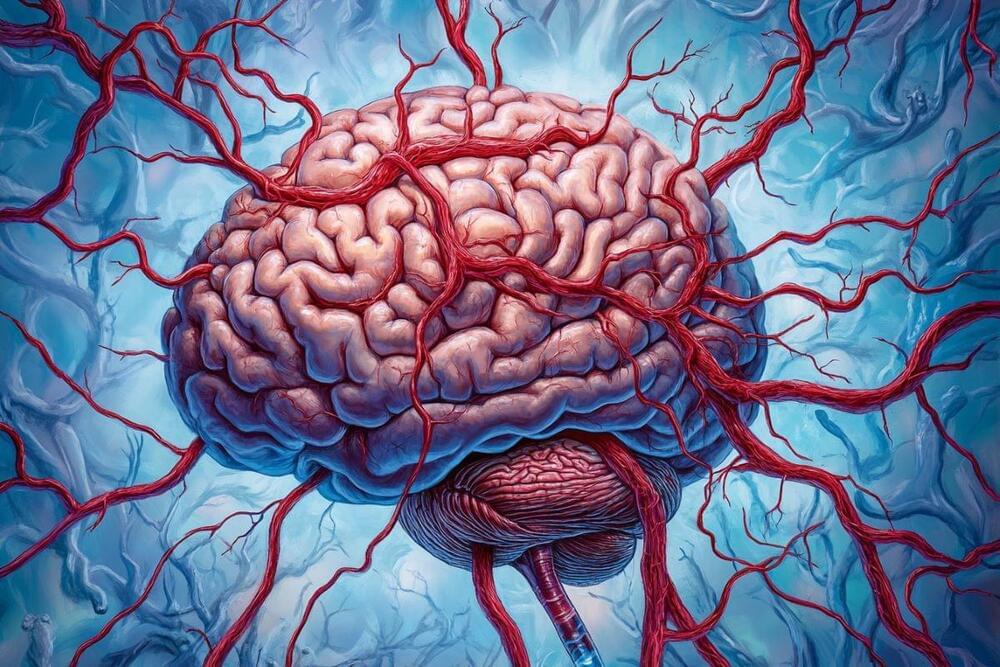Jan 7, 2025
New Study Shows Stress-Induced DNA Damage Can Speed Up Aging
Posted by Paul Battista in categories: biotech/medical, genetics, life extension
A study from the University of Minnesota Medical School links social stress to accelerated aging, finding that stress damages DNA
DNA, or deoxyribonucleic acid, is a molecule composed of two long strands of nucleotides that coil around each other to form a double helix. It is the hereditary material in humans and almost all other organisms that carries genetic instructions for development, functioning, growth, and reproduction. Nearly every cell in a person’s body has the same DNA. Most DNA is located in the cell nucleus (where it is called nuclear DNA), but a small amount of DNA can also be found in the mitochondria (where it is called mitochondrial DNA or mtDNA).


